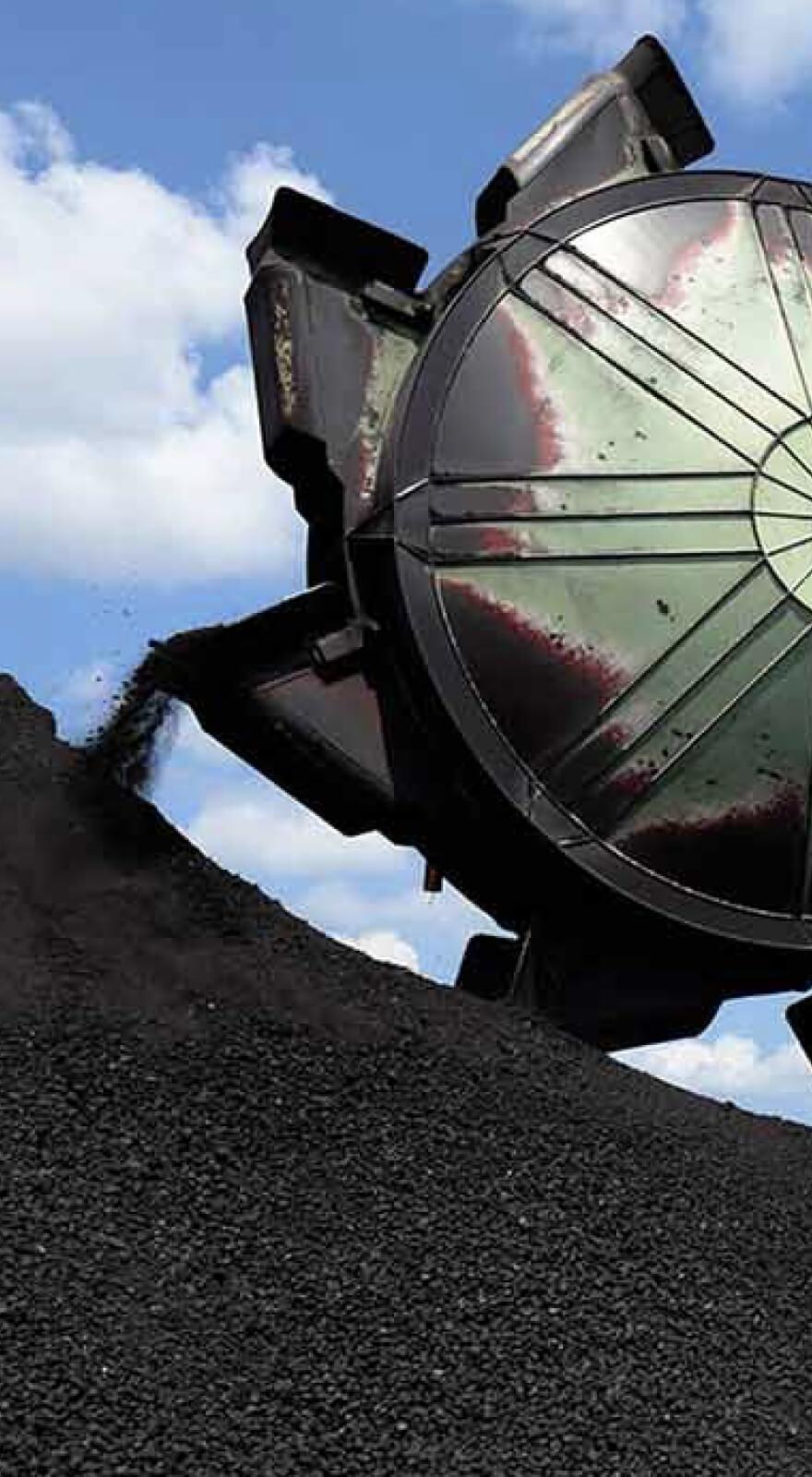Knowde Enhanced TDS
Identification & Functionality
- Chemical Family
- Polymer Name
- Technologies
- Product Families
Features & Benefits
Applications & Uses
- Applications
- Plastics & Elastomers End Uses
- Plastics & Elastomers Processing Methods
- Applications
High viscosity basic PA12 grade.
Properties
- Color
- Mechanical Properties
- Physical Properties
- Thermal Properties
- Typical Properties
- Film Properties (PA Monolayer - Airblown Films)
| Value | Units | Test Method / Conditions | |
| Tensile Strength at Yield | 42 | MPa | ASTM D 638 |
| Tensile Strength at Break | 54 | MPa | ASTM D 638 |
| Elongation at Break | 250 | % | ASTM D 412 |
| Hardness | 78 | Shore D | ISO 7619-1 |
| Strain at Break | min. 50 | % | ISO 527 |
| Yield stress | 47 | MPa | ISO 527 |
| Yield strain | 4 | % | ISO 527 |
| Flexural Strength | 55 | MPa | ASTM D 790 |
| Flexural modulus, 23° | 1500 | MPa | ISO 178 |
| Flexural Modulus | 1420 | MPa | ASTM D790 |
| Charpy notched impact strength (+23°) | 18 | kJ/m2 | ISO 179/1eA |
| Izod Impact notched (1/8 in) | 94.2 | J/m | ASTM D 256 |
| Rockwell Hardness | 110 | Scale R | ASTM D 785 |
| Value | Units | Test Method / Conditions | |
| Melt Flow Index - MFI (235°C/2.16 kg) | 2 | g/10 min | ISO 1133 |
| Molding shrinkage - parallel | 0.6 | % | ISO 294-4, 2577 |
| Molding shrinkage - normal | 1.5 | % | ISO 294-4, 2577 |
| Density | 1020 | kg/m3 | ISO 1183 |
| Value | Units | Test Method / Conditions | |
| Coefficient of Linear Thermal Expansion (parallel) | 130 | E-6/K | ISO 11359-1/-2 |
| Temperature of deflection under load (0.45 Mpa) | 90 | °C | ISO 75-1/-2 |
| Temperature of deflection under load (1.80 Mpa) | 45 | °C | ISO 75-1/-2 |
| Deflection Temperature Under Load (66 psi) | 145 | °C | ASTM D 648 |
| Melting temperature (10°C/min) | 178 | °C | ISO 11357-1/-3 |
| Melting Temperature | 178 | °C | ASTM D 3418 |
| Value | Units | Test Method / Conditions | |
| Relative Viscosity (96% H2SO4) (Measured with M-Cresol Method) | 2.27 | — | — |
| Value | Units | Test Method / Conditions | |
| Melting Point | 175 - 179 | °C | ISO 11357-3 |
| Crystallization Temperature (Tc) | 145 - 149 | °C | ISO 11357-3 |
| Glass Transition Temperature (Tg) | 41 - 45 | °C | ISO 11357-3 |
| Haze | 16 - 18 | % | ASTM D-1003 |
| Gloss (at 60°) | 75 - 95 | % | ASTM D-523 |
| Oxygen (T=23°C, RH=0%) | 420 - 440 | ml/m2.day | ASTM D-3985 |
| Water Vapor (T=40°C, RH=90%) | 40 - 60 | g/m2.day | JIS Z-0208 |
| Coefficient of Friction (Static) | 0.36 - 0.40 | — | ASTM D-1894 |
| Coefficient of Friction (Dynamic) | 0.36 - 0.40 | — | ASTM D-1894 |
| Tensile Strength at Yield | 39 - 43 | Mpa | ISO 527-3 |
| Tensile Strength at Break | 100 - 120 | Mpa | ISO 527-3 |
| Tensile Elongation at Break | 490 - 510 | % | ISO 527-3 |
| Tensile Modulus | 1200 - 1300 | Mpa | ISO 527-3 |
| Tear Load | 0.6 - 0.8 | N | ASTM D1922 |
| Puncture Energy | 16 - 18 | mJ | JAS P-1019 |
| Puncture Deformation | 6 - 7 | mm | JAS P-1019 |
| Spencer Impact Energy | 300 - 400 | mJ | ASTM D3420 |
| Flex Crack (Gelboflex) (at 23°C 1000 Cycles) | max. 50 | Holes/0,04m2 | Mil B-131C |
| Flex Crack (Gelboflex) (at 5°C 100 Cycles) | 0 | Holes/0,04m2 | Mil B-131C |
| Thermoforming Depth | max. 60 - 70 | mm | UBE METHOD |
Technical Details & Test Data
- Notes
- Equipment: 5 layers airblown line.
- Die: Diameter = 90 mm • Gap = 1,4 mm.
- Structure: PE (outer) / PE / PA (medium) / PE / PE (inner) •
- PA layer delaminated for the tests.
- Layer thickness distribution: PE = 50μm, PA = 50μm,
- PE = 50μm (Total film thickness = 150μm).
- Cooling conditions: Chiller temp. = 13ºC • Take off rolls = 35ºC.
- Film orientation: Blow-up ratio = 2,1 •
- Take-off speed = 6m min-1.
- Samples conditioning and testing conditions: T = 23ºC, RH = 50%.

